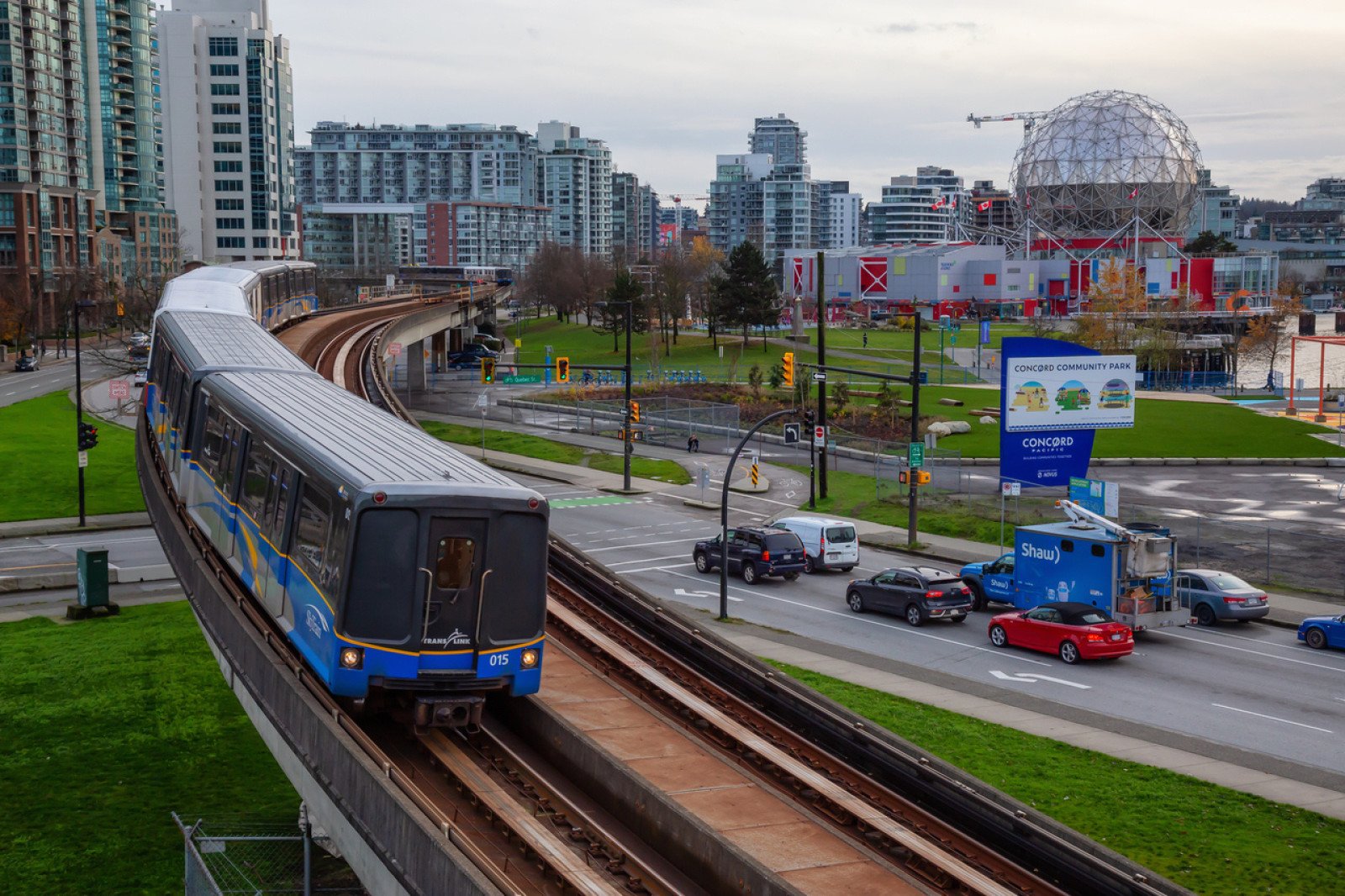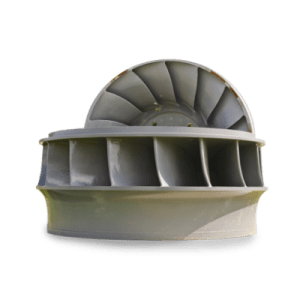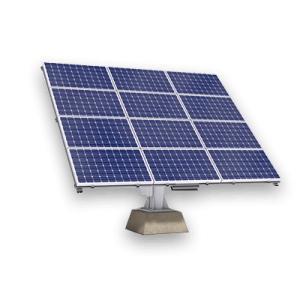Sustainable transportation
Create a sustainable transportation plan for your community.

Overview
What is sustainable transportation? How can your community make its transportation systems more sustainable? Watch a video about sustainable transportation plans around the world. In groups, develop recommendations for vehicles, public transportation and active travel for your own community.
Instructions
What you'll need
- “Sustainable transportation planning guide” worksheet
- “Active travel backgrounder” student handout
- “Vehicles backgrounder” student handout
- “Public transportation backgrounder” student handout
- “Curricular competency assessment” teacher table
- "Cities rise to the challenge" video
Sustainable transportation
- What do you know about sustainable transportation? What is it? Why is it important? Ask students to discuss with a partner.
- Burning fossil fuels for transportation of people and goods contributes about a quarter of global greenhouse gas emissions.
- Sustainable transportation looks at moving from fossil fuels to low carbon transportation solutions, energy efficiency, renewable energy and sustainable choices.
- Have students think about three key ideas that catch their attention as they watch "Cities rise to the challenge" (6:52).
- Ask students what they learned from the video.
- Share three ideas you found interesting with a partner.
- Share ideas as a class and summarize.
Local sustainable transportation plan
- Introduce the activity by reviewing the “Sustainable transportation planning guide” as a class.
- Divide students into small groups of two or three to research and develop recommendations for one of three areas (active travel, public transportation, vehicles).
- You may let students choose which area they’re interested in or assign areas.
- As a class or in their small groups, brainstorm ideas with the “Setting the stage” section in the planning guide.
- In their groups, students research, work through the planning guide and develop their recommendations for a municipal sustainable transportation plan.
Share
- Have groups share their recommendations for how to make their local transportation system more sustainable.
Modify or extend this activity
Extensions
- Have students present their recommendations to the local council. This could be in the form of a slideshow, letter or in-person presentation.
- Invite someone from the municipality to share current plans to reduce carbon emissions, including sustainable transportation.
- Invite an Indigenous Elder or Knowledge Keeper to learn about their perspectives related to sustainable transportation and our responsibility to care for the environment and future generations.
- What innovations are affecting transportation in unexpected ways? What will transportation look like in 2040? Research innovations and disruptors in transportation.
- How do cell phones affect transportation planning?
- How can higher density development make transportation more sustainable?
- How can algae become an energy source for transportation?
Curriculum Fit
Core competencies
Communication
- Communicating
Thinking
- Creative thinking
- Critical and reflecting thinking
Personal and social
- Social awareness and responsibility
Science 10, 11, 12
Big ideas
- Energy is conserved and its transformation can affect living things and the environment (Science 10)
- Scientific understanding enables humans to respond and adapt to changes locally and globally (Science for Citizens 11)
- Living sustainably supports the well-being of self, community and Earth (Environmental Science 12)
- Human activities cause changes in the global climate system (Environmental Science 12)
Content
- Impacts of energy transformations from technologies (Science 10)
- Actions and decisions affecting the environment (Science for Citizens 11)
- Beneficial scientific innovations (Science for Citizens 11)
- Personal choices and sustainable living (Environmental Science 12)
Curricular competencies
Questioning and predicting
- Demonstrate a sustained intellectual curiosity about a scientific topic or problem of personal, local or global interest
Planning and conducting
- Collaboratively and individually plan, select and use appropriate investigation methods to collect reliable data
Processing and analyzing data and information
- Analyze cause-and-effect relationships
Evaluating
- Consider social, ethical and environmental implications of the findings
Applying and innovating
- Contribute to finding solutions to problems at a local level through inquiry
- Co-operatively design projects with local connections and applications
Communicating
- Communicate scientific ideas, information and suggested course of action for a specific purpose and audience
Assessments
- Assess students’ ability to listen, share ideas and stay on topic in paired and group work.
- Use the “Curricular competency assessment” to assess students’ ability to plan, analyze, evaluate, apply and communicate their sustainable transportation plans.
- Assess student understanding of how human actions affect the environment and how we can contribute to a more sustainable future during discussions, using research notes and the transportation planning guide, and through presentations.
Teaching Notes
Electrification
Electrification refers to switching from fossil fuels like gasoline, diesel and natural gas to clean electricity. Teach your students about electrification and making the switch to clean energy with this video.
B.C. Climate Action Charter
The B.C. Climate Action Charter is an agreement between the provincial government and municipalities to take action on climate change. This includes setting greenhouse gas reduction targets, as well as policies and strategies to achieve them.
CleanBC
CleanBC is a provincial plan to use more clean and renewable energy for a sustainable future. One of the focuses is on a more sustainable transportation system to connect the places we live, work, learn and explore. This includes a commitment to all new car sales being zero-emission vehicles by 2040, doubling active travel trips by 2030 and more.








